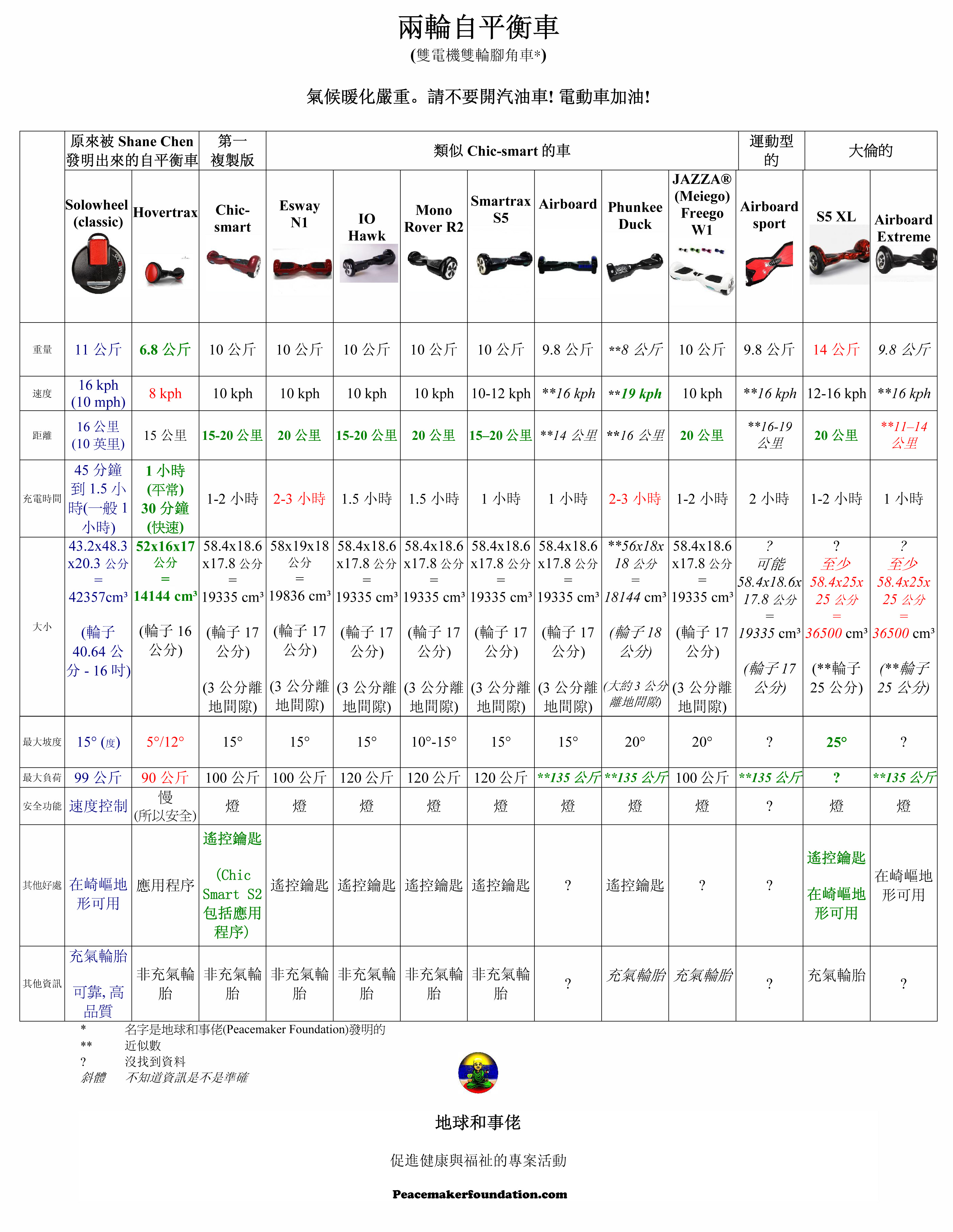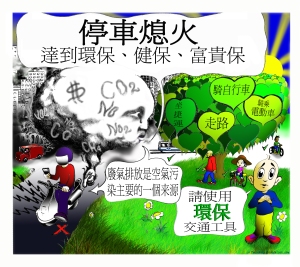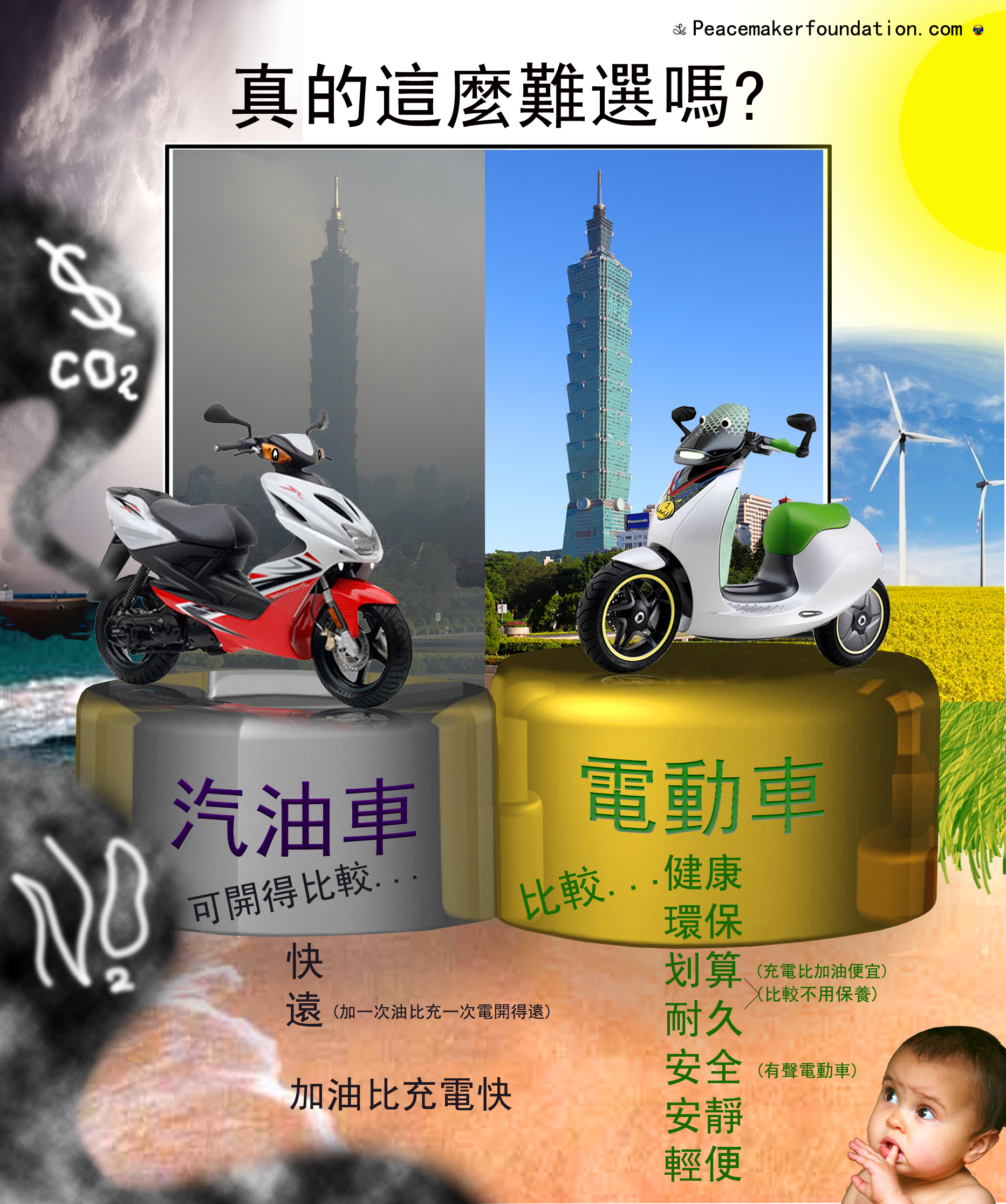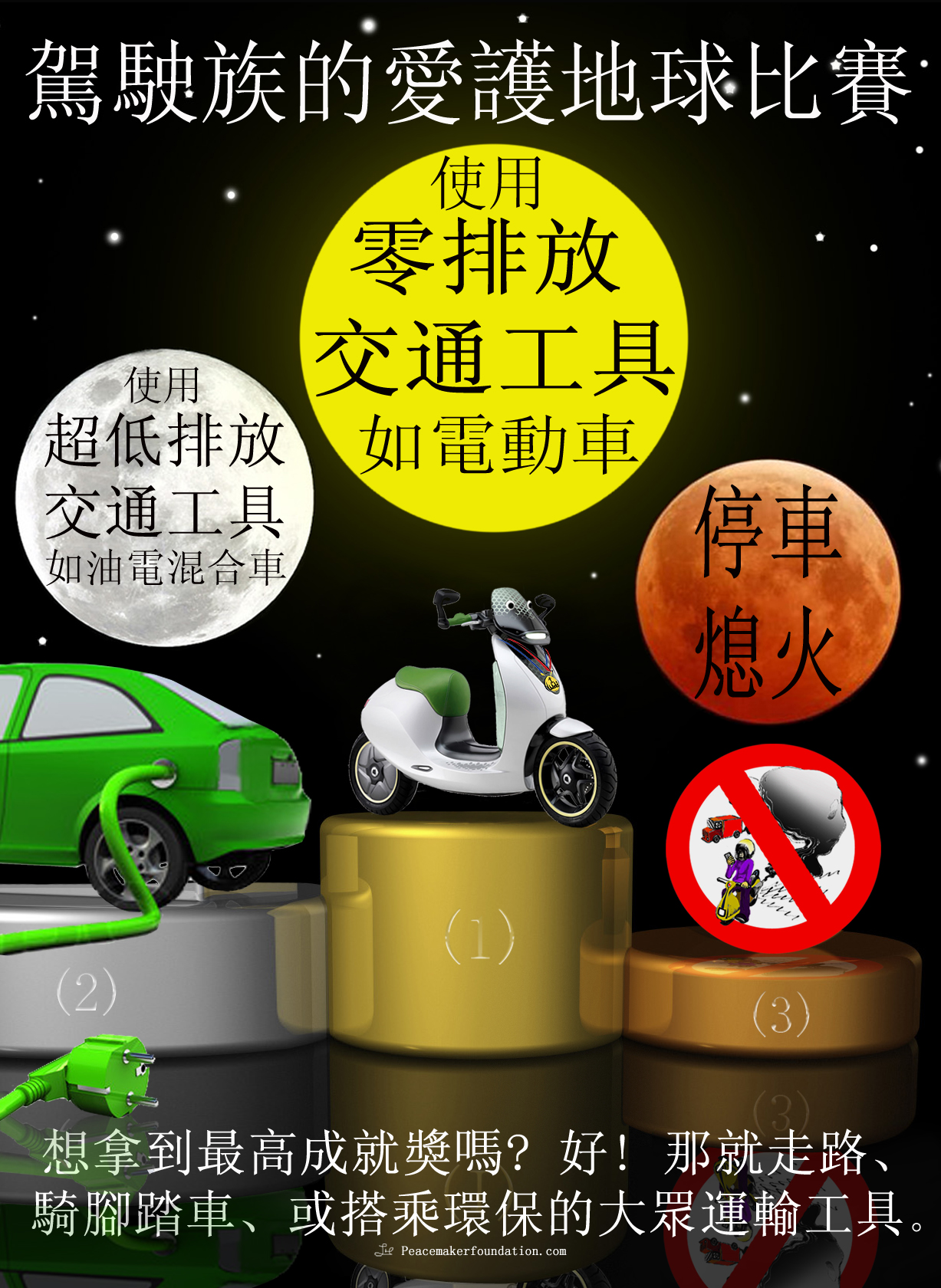Introduction
In Birmingham, UK, car traffic has increased in recent years leading to increased pollution and congestion which pose a threat to health and well-being.[1]
This is a proposal to use small lightweight vehicles known as pods or pod cars on elevated tracks to help resolve the city’s transport problems.


Pod car proposals for Birmingham
Pod cars
Pod cars are a form of personal rapid transport (PRT). They are automated pods which move on a track. The passenger simply steps in a pod at a station and selects the destination station. The pod will then move continuously to the destination without stops at other stations along the way. This is possible because stations are set alongside the main guideway track. Despite low speeds (often between 10 and 25 mph), journey times are quick thanks to the continuous motion. The pods are generally small and may accommodate only several people at once.
Benefits of pod cars on an elevated track
• Light
Given the relatively light weight of the pod cars an elevated track can be made using less materials than used for an elevated track for trains, trams or other large vehicles. Therefore the design can be less conspicuous, more elegant and the track can even be designed to let light through.
• Safety
Once elevated or separated from other traffic, pod cars are a far safer alternative to any other form of transport that shares the same road space with other kinds of transport. Rail transport such as trams and trains, are known to be a very safe mode of transport, however; when they share the road space with other vehicles this can cause accidents and delays.[2] Furthermore, the tram tracks are a serious risk to cyclists and those on scooters.
• Good views
An elevated track brings good views along the way.
• Air Quality
Air quality usually improves with height [3] – so the air quality for passengers on an elevated track is likely to be far better than on the ground.
• Security
With regard to crime and security concerns such as terrorism, pod cars offer one of the very safest forms of public transport. Given the fixed routes on a track there is no threat of them being used as weapons (as with cars or trucks). The small size of the pods also means there is no potential for attacks among large groups of people on the journey. Safety is further increased by the fact that the pods do not stop along the way. Areas where the pods run (such as canals) are likely to experience enhanced safety owing to the increased visibility, especially if the pods are raised above the ground allowing passengers a good view of surroundings.
• Long-term utility
An elevated track is more future proof because we avoid future interference when ground-level infrastructure undergoes repair or change. Also whether or not innovations such as driverless cars become very popular, the elevated pod car network will retain its value as a way to reduce congestion on ground level – and the capacity of the network can be adapted to suit the city’s changing needs.
• Reliability
Transport on a well designed elevated track is less likely to be influenced by leaf fall, trespassers and so on.
Benefits of pod cars in general
• Environmentally friendly
Pod cars are a sustainable and pollution free alternative mode of transport.
• Cheap
Pod cars are relatively cheap to build and offer higher rates of return than many other transport modes. The cost of constructing the pod car network is far lower than for the equivalent length of subway or elevated rail track.[4]
• Relaxation
Once a destination is selected, the pods move with no driving necessary, so the passenger can relax and enjoy the view.
• Even more Safety
The low but continuous speed enhances safety yet further.
• Efficiency
The continuous motion saves energy – starting and stopping is hugely wasteful in terms of energy. They are also more energy efficient than large vehicles or mass transport tools at times of low usage. This is because running a whole train, bus or tram with few people on is obviously inefficient and wasteful. Usually only those pod cars with passengers are in motion, while the other pods remain at stations ready for other passengers, however; empty pods can be directed to busy stations if need be.
• Tried & Tested
The ultra PRT pod car network in Heathrow airport has been running since 2011 and has proven itself to be efficient, reliable and highly popular.[5] The system was ‘‘voted by customers as their favourite airport passenger service’’.[6] Other systems are running elsewhere, such those in Masdar city, Suncheon, Korea and Morganstown, United States.[7]
• Simultaneous entry
A number of pods can wait for passengers at every station so that potentially several groups of people could get on at once. So wait times would likely be far less than for many bus, tram or train services. In the Heathrow pod car system the average weight time is around 10 seconds. [8]
• Quiet
The pods are far quieter than most trains or other large vehicles.
• Novelty
The novelty and convenience of the pod cars would help boost the fame of the city and bring in more visitors.
• Gradual construction in stages
The pod car network could be built in stages allowing for a trial period before a full scale network is constructed. Likewise, we could add more pods to the network if or when the demand rises.
• Compatibility
Given the relatively low cost of the network it can be built in addition to other transport solutions. So it need not, and should not, replace other recent worthwhile initiatives such as the cycle superhighways, the tram network and so on.[9]
Disadvantages of pod cars
• Large numbers of pods required
Because pod cars are small, many pods are required to provide a high-capacity service. This increases likelihood of mechanical failure or some other problem with a given pod on the network. However, the technology has already proven itself to be extremely reliable and if a pod car breaks down on the main track then there is a way to ‘‘push failed vehicles from behind to the nearest station.’’[10] Furthermore, given the small size and relatively low cost of each pod compared to a train or tram, each pod can be moved, taken away, serviced or even replaced with far greater ease than many larger transport tools.
Given the large number of pods required, the track will likely experience a high volume of pod traffic. So the pods will probably pass by people’s homes and offices with more regularity than trains or trams. However; the fact that the pods are relatively quieter, small and pollution free should help them to gain acceptance or favour.
• Ugly?
Some may find them visually unappealing especially if on an elevated track. Hopefully the lightweight construction and light permeability of the design will help increase acceptance. A strategically located track above a pedestrian path, canal tow path or bike lane, could even serve as a very useful rain shelter while allowing enough light in from the sides and a good view of the surroundings.
Recommendations for Birmingham – pod cars over canals & rivers
We propose putting a pod car network above the canals, and possibly the rivers, in Birmingham. This would bring yet more benefits in addition to those already mentioned.
Benefits of pod cars above canals
• Space & ownership
There is enough space so no infrastructure needs to be moved. Also none of the space is privately owned.
• Less negative impact
The canal boat traffic is far less than vehicle traffic, so any inconvenience caused by the elevated track or construction will influence far fewer people than if the track were constructed above a road.
• Direct routes
The canals offer extremely direct routes into the city centre from various locations – many not served by trains.
• Regeneration
The small size of the stations means they would be numerous and be built in various neglected parts of the city, helping regeneration.
• Serving new developments
The main areas of large scale building projects such as Broad Street, Eastside, Smithfields and Paradise Circus will all need improved public transport access. Luckily these areas are all in close proximity to canals so would be served by the pod cars. This will then reduce pressure on other the transport services.

Image taken from 2020 Google Maps Data & highlights added. A map showing some possible pod car routes above canals in blue and major building projects in yellow. The river Rea route (narrower) could be a future extension pending demand.

Image taken from Google maps data (2020) & amended. Map showing a possible initial pod car network in blue. Extensions could be added in future, perhaps going over rivers or some roads like the A4540 to form a loop around the city centre.
• Improving canal-side safety
Thanks to the resurfacing of the canal towpaths, the canals are now used regularly by cyclists and pedestrians. However; this brings obvious safety issues when there is competition for space.[11] It’s likely that many of the pedestrians and some of the cyclists would use the pod car service thereby reducing the canal side congestion and improving safety.
A very helpful addition to the city, even without the pod cars, would be an elevated walkway for pedestrians running over the canal towpath. This would separate cyclists and pedestrians. The pod car stations would be easily accessed from this walkway using stairs and ramps or lifts (for disabled access).
• Enhanced security on the canals
There have been various reported incidents of robberies on the canals in Birmingham. The enhanced visibility the pods would bring, will increase personal safety for those walking or cycling along the canals as well as for those in canal boats. It may be that the canals outside the city centre even become pleasant places for a night stroll, presenting new business opportunities such as canal-side cafes and so on.
• Less disruption
The construction of the network above the canals would bring less disruption to traffic than if it were constructed above roads. In addition, air quality for construction workers will be far better than alongside busy roads.
• A major tourist attraction
The canals are a scenic attribute of Birmingham and an important tourist attraction. Riding along the canals in a pod car will likely become a popular activity for tourists and residents alike.
• Integration into existing infrastructure
Bridges over the canals can support the structure of the track and lead to pod car stations. This could potentially reduce construction time, costs and materials.
Disadvantages of pod cars above the canals
• A high track
The track would need to rise over the canal bridges such as road and rail crossings so would need to allow safe passage for all vehicles driven over the bridges. Either the entire track is made high enough or gentle rises can take it over the bridges. Where space allows, the track could also be diverted under the bridges although the height may actually add to the novelty and enhance views from the pods.
• Peace and tranquility of the canals
Some may view the pods as an ugly distraction from the peace and tranquility of the canals. But equally many may regard the pods as a welcome visual addition that adds life to otherwise dull areas.
Alternative or complementary transport solutions
1. Greenways over the canals
To help combat pollution, big cities around the world will need to cater to the increased popularity of small electric transport devices such as scooters and electric bikes, as well as bicycles. An alternative to having an elevated pod car track would be to have elevated ‘greenways’ – green gadget super-highways reserved only for small lightweight non-polluting transport devices such as bikes and scooters.[12] This could also be built over the river Rea, and perhaps along some roads, while the pod cars run above the canals.

A greenway over a canal
Birmingham’s population is rising, so it’s likely that in future we would benefit from a combination of both elevated pod car and greenways. The hanging pod cars network could be adapted so the space above is used as a greenway or walkway. This may require further bolstering of the structure to support the increased weight but is a clear advantage of this design and ensures yet further future-proofing (long-term utility).
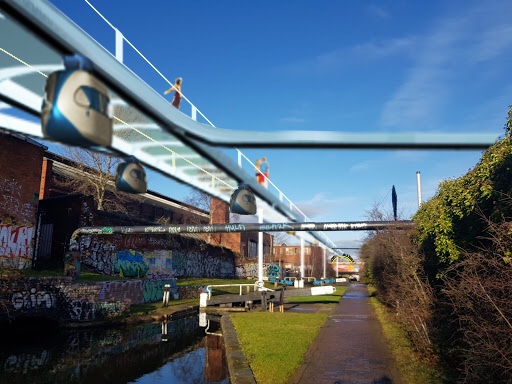
Dual purpose pod car track & greenway (bike & scooter path)
2. Turning roads into greenways
In addition to the pod cars and other ideas we strongly believe that a necessary solution for many cities around the World is to take a select few roads leading into the city centre and convert them into greenways. In 2019 the local Birmingham government wisely chose to build two cycle-superhighways instead of six bike lanes. Likewise, several greenways with complete segregation from vehicular traffic would be far safer and more worthwhile than a myriad of bike paths alongside roads. A greenway would be entirely reversible if need be, but if popular then more infrastructure could be added such as pedestrian bridges enhancing safety and allowing continuous flow for pedestrians and those on the greenway alike. See HERE for more information.

Chongqing South Rd as a Green Lane

Chongqing South Rd as a Green Lane + podcars
Above: A proposed greenway with pod car track as an optional later addition
3. An elevated light rail system
An elevated monorail, or tram system could also be built. For example, Birmingham airport’s people mover (see image) would be a good option for the city because elevated, but this would require heavier more costly infrastructure and the trains/trams would have to stop at every station along the way. Therefore we believe it makes more sense to use elevated pod cars while reopening unused railway lines or transforming them into tramways, greenways or a combination.
A conclusion
Whatever we choose to do, we need to segregate pedestrians, bikes and other vehicles wherever possible. We believe that pod car tracks over canals and possibly rivers is clearly a very good answer to Birmingham’s traffic and transport problems. Even if built over roads many of the benefits would be kept. By looking logically at the various aspects of this idea the potential benefits become clear. We have shown how this is a low cost, sustainable and safe transport option. Even the main design issue of how we can incorporate the bridges into the design are entirely resolvable. So the greatest hurdle to overcome will be people’s apprehension towards new ideas. In Birmingham, the traffic has now become so busy, with air quality so poor in certain areas, that we now need to overcome our apprehensions and look for solutions urgently.
If you also feel this is a valuable proposal, for Birmingham or any other city, then please do share with others. If you have any recommendations, comments or queries please get in touch and help get our transport on the right track!
[1] https://www.greaterbirminghamchambers.com/research-campaigning/hot-topics/transport-and-congestion/.
[2] https://assets.publishing.service.gov.uk/government/uploads/system/uploads/attachment_data/file/623366/light-rail-tram-ending-march-2017.pdf
[3] http://www.wsp-pb.com/PageFilesn/80156/WSPPB%20City%20Air%20Quality%20at%20Height.pdf
[4] https://www.ultraglobalprt.com/how-it-works/costs/
[5] https://www.ultraglobalprt.com/wheres-it-used/
[6] http://www.futureairport.com/features/featuremy-pod-heathrows-capsular-travel-system-4377991/
[7] https://en.wikipedia.org/wiki/Personal_rapid_transit
[8] http://www.bbc.com/autos/story/20140910-hands-off-with-heathrows-pods
[9] https://www.business-live.co.uk/opinion-analysis/dont-think-birmingham-solving-traffic-10914789
[10] https://www.railway-technology.com/projects/personal-rapid-transit/
[11] https://www.theguardian.com/cities/2019/jul/27/on-roads-cyclists-are-vulnerable-but-on-towpaths-theyre-the-menace.
[12] https://peacemakerfoundation.com/category/world-health/urban-flow-plan/
To download this proposal in PDF form please click HERE
All images & writing by Luc@Peacemakerfoundation.com unless credited otherwise
















 To view or download a PDF of the above chart click
To view or download a PDF of the above chart click 








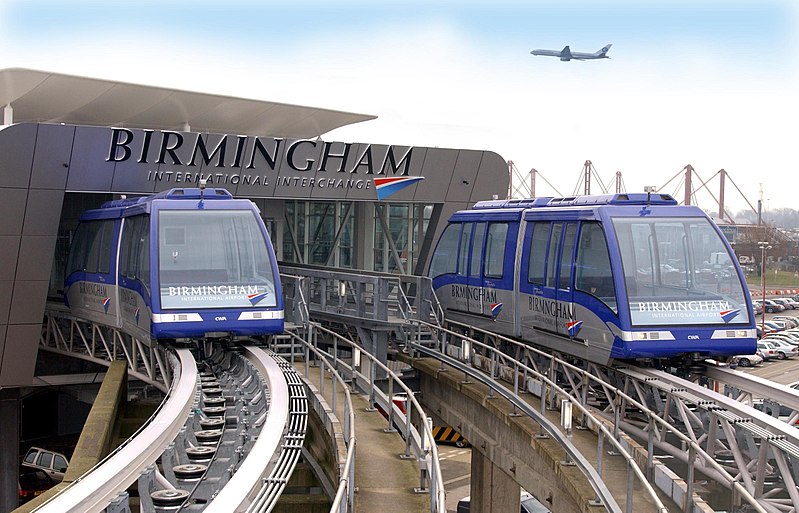
 Download a PDF of the above mindmap
Download a PDF of the above mindmap  Download a PDF of the above mindmap
Download a PDF of the above mindmap  Download a PDF of the above mindmap
Download a PDF of the above mindmap 